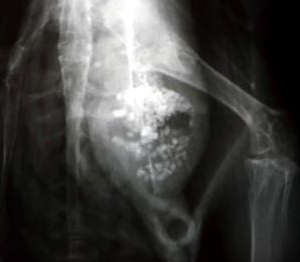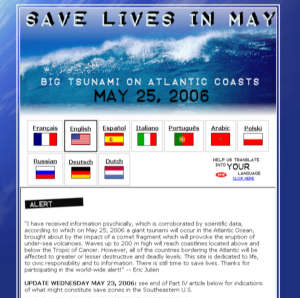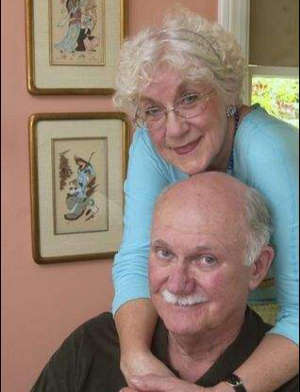Spring hit with a vengeance today -- temperature was up to 86 degrees!
The garden is plunging ahead, our chickens and ducks have gone broody on large clutches of eggs so we should expect new peeps next month (20 to 28 days)
Nice to see the cycle of the seasons continuing once again...
I have been looking for software to produce a web gallery. A table of thumbnails and when you click a thumbnail, you go to a page with the full-size image and also a "back -- home -- next" selection bar.
There are some packages that do this but there is either a lot of funky javascript that goes along with each image or the HTML is an unreadable plate of spaghetti. A lot of galleries also do cutesy special effects -- drop shadows, funky backgrounds, music, etc...
I am looking for something as simple as can be made -- I have clients on dial-up and all the extra baggage makes their viewing experience less than optimal.
I ran into a gallery that someone had made and it looked good. I viewed the source code and saw perfectly clean HTML code. I sent them an email asking what application they used and they replied that it was iPhoto on their (expletive deleted) MAC...
Shame on you Apple -- you are not supposed to get things this (expletive deleted) right!
I was expecting some Linux application or a PERL script or something but not (expletive deleted) iPhoto. Curses...
Sitting here fulminating. Vexed I tell you!
























